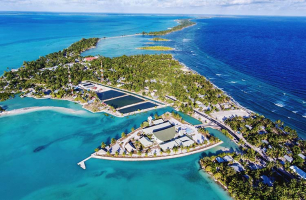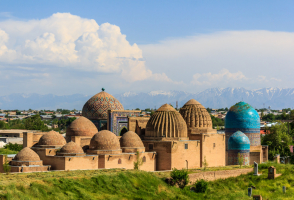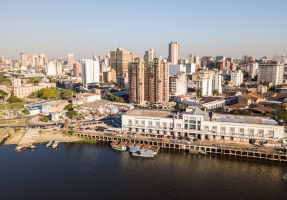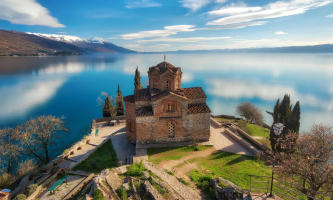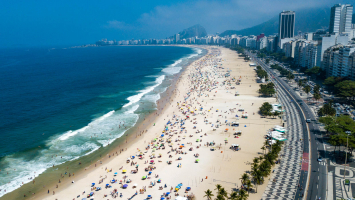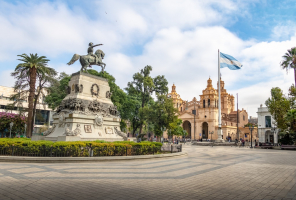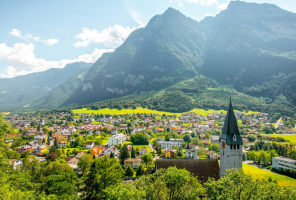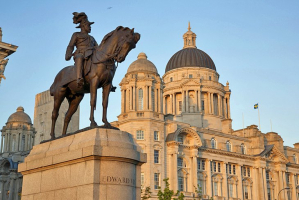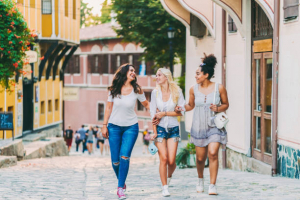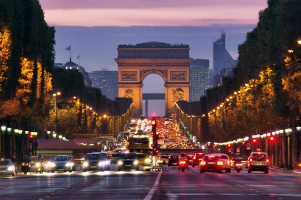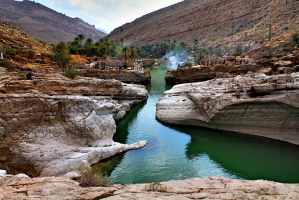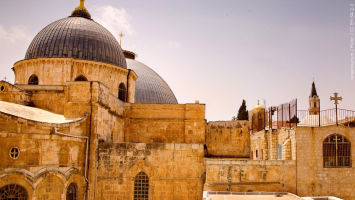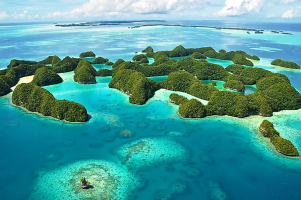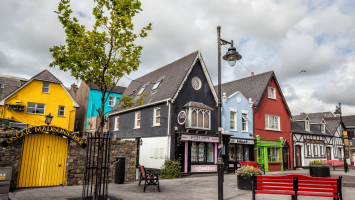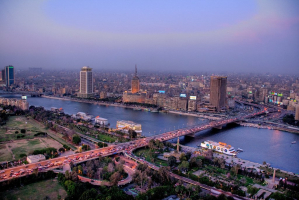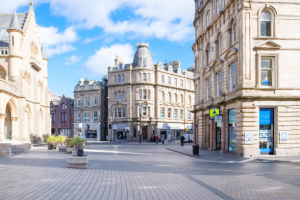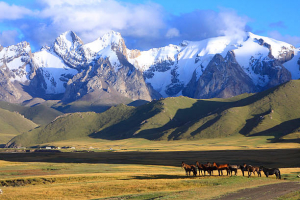Top 10 Reasons to Visit El Salvador
El Salvador is Central America's smallest country and not your typical tourist destination. Most visitors to Central America begin their search for popular ... read more...destinations such as Costa Rica or Panama. Visitors should not, however, dismiss visiting Central America's smallest country. El Salvador has many reasons to visit; it has many tourist attractions and activities to keep visitors busy for days. Here is a list of reasons to visit El Salvador.
-
El Salvador is so small that it is sometimes referred to as the "40-minute country," because that is how long it would take to travel from the capital to all of the major attractions (without taking into account the traffic). Nonetheless, despite being the smallest country in Latin America, it has plenty of places to explore and stories to tell.
Central America's smallest country has been deemed a no-go destination for many travelers, having been ravaged by a civil war in the 1980s and plagued by gang violence in the decades since. However, significant tourism advancements, such as reducing crime, improving roads, and investing in new hotels and flight routes, have earned this tropical destination a second look.
You will have a fantastic time in El Salvador. Take the necessary precautions as you enjoy the pristine beaches, geological wonders, and cultural treasures. Because El Salvador is small and it has a great public transport network, it is easy to move around.The country's climate is mild, with an average temperature of 28 degrees all year, making it ideal for a visit at any time. There are only two seasons, with great weather even during the rainy season, as most rain falls in the afternoon as thunderstorms, with the rest of the day sunny. The sunsets in El Salvador are breathtaking in all seasons!
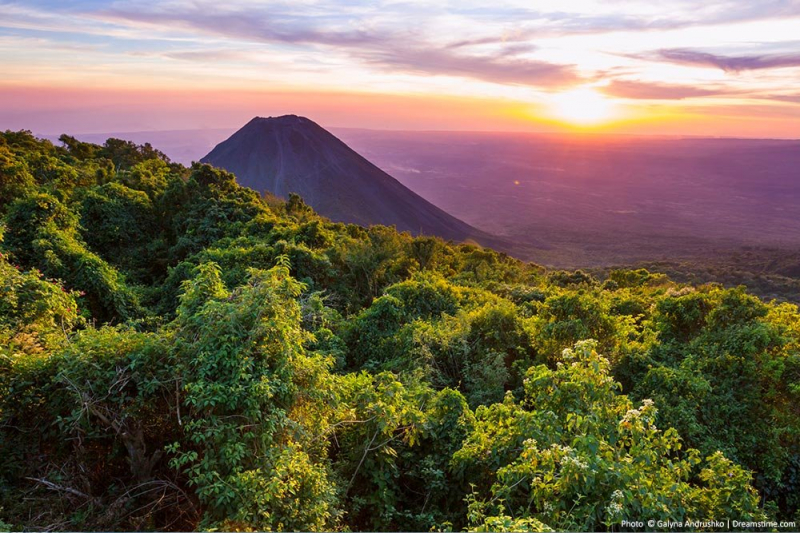
https://www.travelanddestinations.com/ 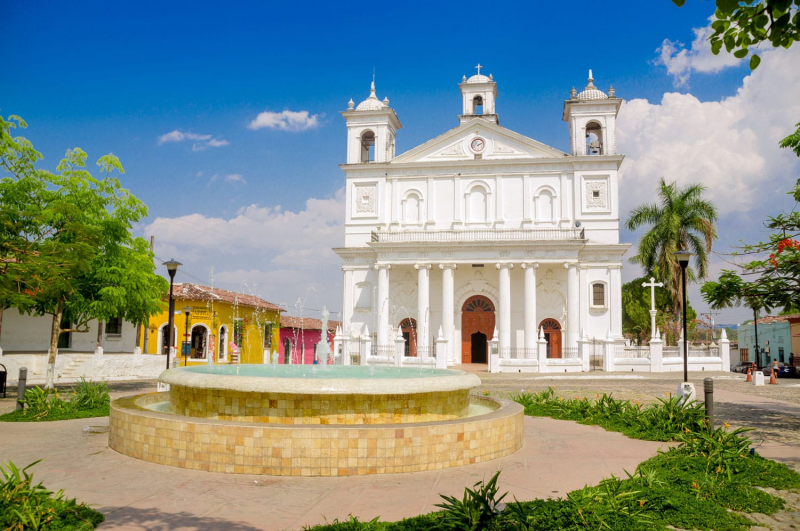
https://www.roadaffair.com/ -
El Salvador has 25 volcanoes, 23 of which are active; 300 kilometers of Pacific Ocean beaches; and 10 lakes, 6 of which are inside volcanic calderas. The majority of El Salvador's volcanoes can be hiked all the way to the crater. The Cerro Verde complex is one of the country's largest national parks and is the gateway to three volcanoes: Cerro Verde, Santa Ana, and Izalco. It is also known as the "Lighthouse of the Pacific" due to its frequent eruptions from the 17th century until the late 1950s. Izalco last erupted in 1966, and it is currently dormant. Every day at 11 a.m., a guided hike up to the crater is organized. The hike is quite steep and can last anywhere from 3 to 6 hours, depending on each person's physical strength.
Coatepeque, El Salvador's largest lake, is located at the base of the Volcano Complex. Coatepeque was formed on the crater of a dormant volcano and has a beautiful shade of intense blue that sometimes changes to aqua. Beautiful beaches with small coves can be found in the country's south, volcanic black sand in the west, and great nightlife, surf, and fishing in the east. Because tourism in El Salvador is still developing, you will be able to enjoy many of these beaches to yourself and take boat rides through the mangrove canals with local fishermen communities.
El Salvador's beaches are the preferred nesting location for four of the seven sea turtle species, which is why there are numerous conservation projects in the area. When the turtle babies hatch in the winter, you can witness the magic of releasing them into the ocean. According to Salvadorans, when releasing a baby turtle into the ocean, you must do so with an open heart and a lot of positive energy to help it succeed and reach adulthood.
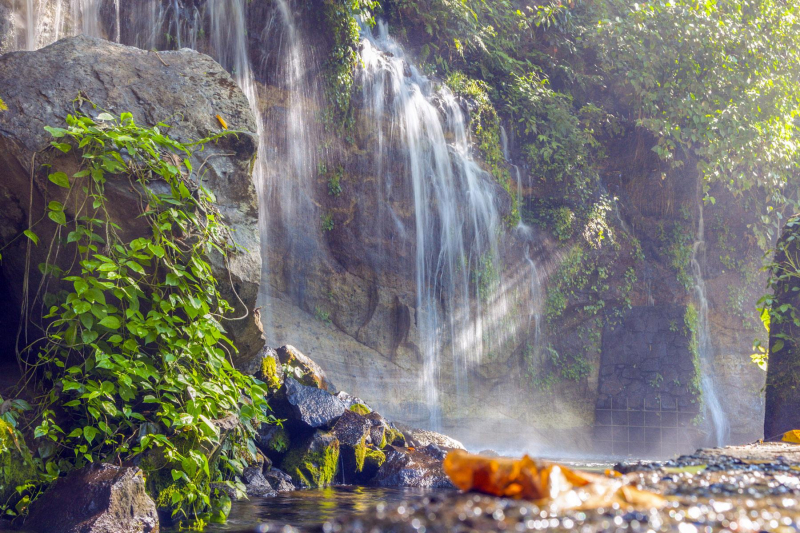
https://www.fodors.com/ 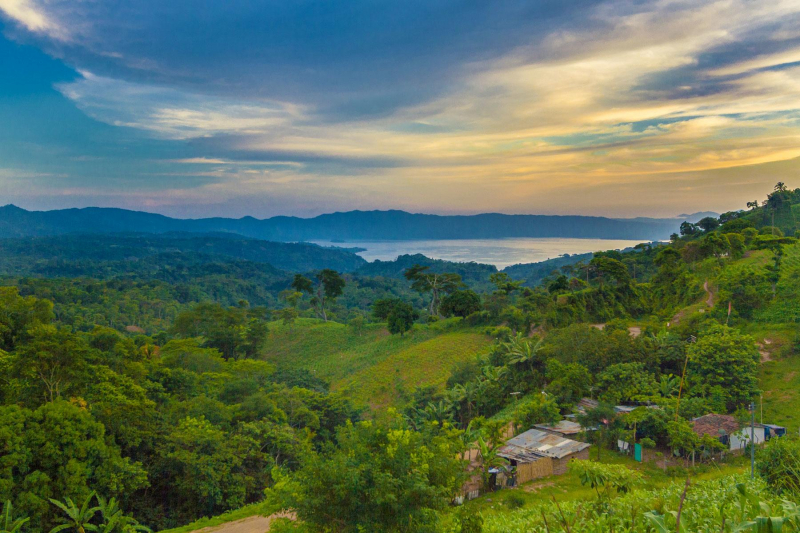
https://www.fodors.com/ -
If you've never heard of El Salvador as a top surf destination, you may know that the World Master Surfing Championship was held in Punta Roca, one of the country's two best-rated wave points, in 2011. Not only can you surf in El Salvador all year without a wet suit due to the warm water, but you can also enjoy the unique length of the waves, which can reach 100-200 meters before breaking.
If you are a beginner, there are numerous surfing schools nearby, particularly in El Tunco, El Salvador's most popular beach town. A surfing lesson with an experienced instructor typically costs around $25 and includes board rental. If you plan on staying longer, you can always buy a used board from one of the town's surf shops. El Tunco is an excellent place to learn to surf if you are over 30 and no longer a young adult.
El Sunzal, Las Flores, and Punta Mango are also excellent surfing spots for those who already know how to ride the waves. By booking an all-inclusive surfing package from Hotel Mira Flores in Las Flores, you can combine luxury with learning to surf. It is definitely one of the reasons to visit El Salvador.
https://www.youtube.com/ https://www.youtube.com/ -
The names of the tourist routes may lead you to believe that El Salvador is a country or an arts center: Ruta de las Flores (The Flower Route), Ruta Paraiso Artisanal (The Artisanal Paradise Route), Ruta de la Paz (The Peace Route), or the Route of a Thousand Peaks.
The most popular is Ruta de las Flores, a 20-mile mountain winding road that begins in Ahuachapan, in the country's west, and passes through five colonial villages. The road is known as Ruta de la Flores because the flowers on each side bloom in November, transforming it into a yellow tunnel. Salcoatitán, Nahuizalco, Juaya, Apaneca, and Concepción de Ataco are five charming and colorful villages, each with its own personality and murals decorating the houses. Juaya is best known for its food festival, Ataco is known for its coffee, and Apaneca is known for its handicrafts.
The route is well-known not only for the villages but also for the beautiful nature that surrounds them, where you can always go for a hike to the waterfalls or mountain bike through the pine forests. Suchitoto, a white colonial town with cobbled streets and views of Lake Suchitlan, is another inspiring town that appears to have been plucked from a fairy tale. The church of Santa Lucia, located in the town's main square, has an original interior with beams, columns, and an altar made entirely of wood. Suchitoto is also known as El Salvador's cultural capital, with a weekly art and food festival and an entire month dedicated to local artists in February.
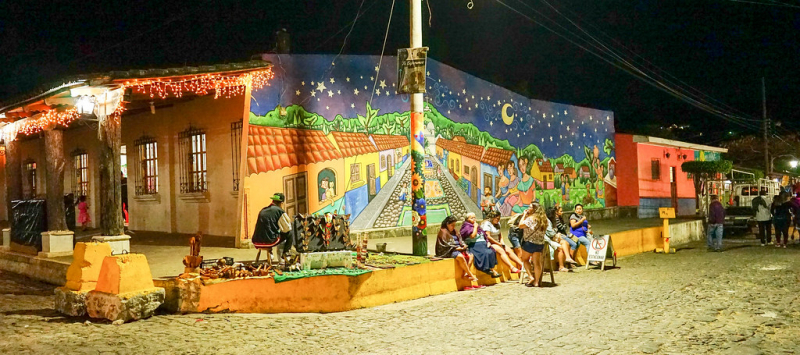
https://www.theworldinmypocket.co.uk/ 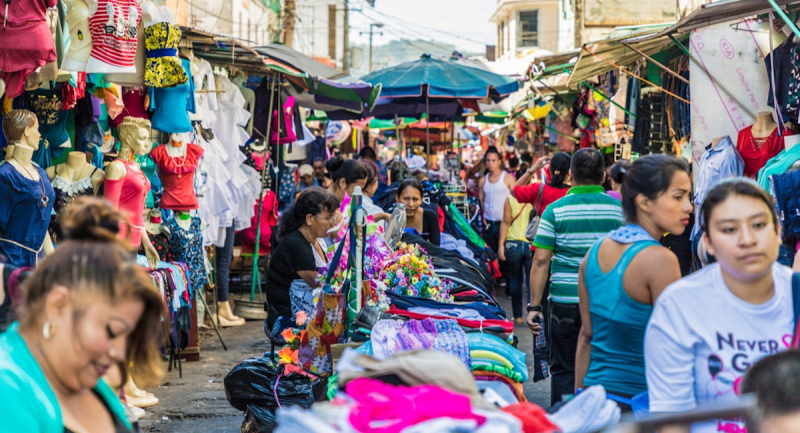
https://www.bushcenter.org/ -
Tourists are always welcomed warmly by the kind, friendly, proud, and happy Salvadorans who love their country and enjoy sharing it with visitors! Please do not be alarmed by ridiculous propaganda directed at a country about which the perpetrators know nothing! El Salvador's troubled times are over, and the more people who come and experience the real El Salvador, the better it will be to put an end to the false hype! The word is quickly spreading that this is quickly becoming a very popular and sought-after tropical destination with so much to offer!! You are extremely fortunate to have a friend with family who lives in El Salvador—you will see and feel the incredible warmth of the beautiful people in this beautiful country!
They will always share and make sure you have a good time, regardless of where they live or what resources they have. Donde comen cuatro comen cinco, or where four eat, five can eat, is a saying in El Salvador. That is to say, there is always room for one more. Even if you don't speak the language, they will go out of their way to make you feel at ease.
With excitement and confidence, they await your arrival!! You're going to enjoy it! As with any trip, come with an open mind and an open heart, and you will leave El Salvador with incredible memories!
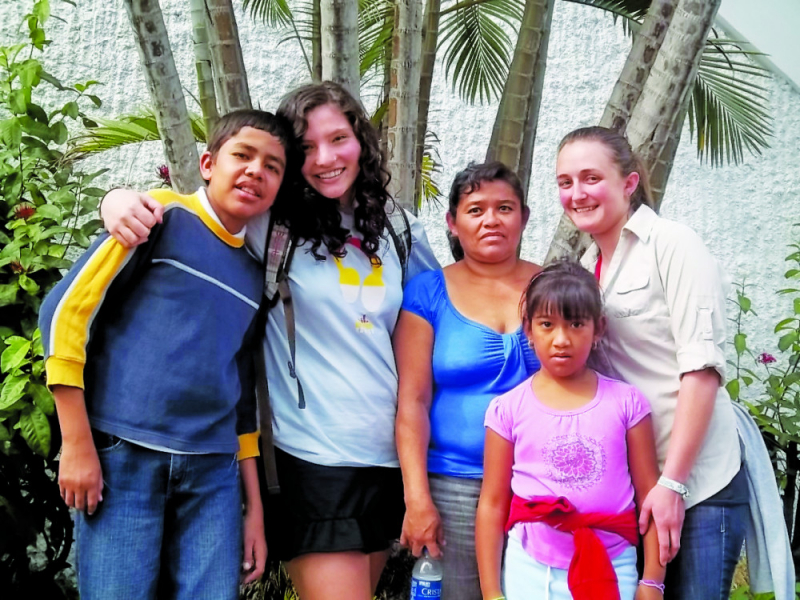
https://www.lclark.edu/ https://www.youtube.com/ -
Is El Salvador Safe? These are likely the four most common words people ask when looking into travelling to El Salvador. And there’s a lot to unpack here. The simple answer is a rhetorical question: is anywhere safe? The real answer, overall, is yes. For the vast majority of locals and foreign travellers, El Salvador is a safe place to visit.
Things can go wrong anywhere, including your hometown. As a visitor to El Salvador, the chances of anything serious happening to you are slim. So, aside from gang violence, what are the main concerns about visiting El Salvador?
The most serious danger you should be concerned about as a foreign visitor or even a local is petty theft. El Salvador is a rising nation, or a developing country in media parlance. Although it has come a long way since then, a large portion of the population remains impoverished. Many people are unemployed or have low-paying jobs. Poverty leads to desperation. That said, there are several easy ways to keep the risk of theft to a minimum.https://www.youtube.com/ https://www.youtube.com/ -
When it comes to reasons to visit El Salvador, can't help but mention food. On Sundays, all Salvadorans eat pupusas, their national dish! But not only that, as pupuserias can be found on almost every corner of every street, at any time of day. A pupusa is a type of corn tortilla that is typically filled with cheese, refried beans, and pork. There are numerous other fillings available, but these are the most common. They cost about 65 cents each and are served with curtido, a slightly spicy cabbage slaw, and tomato sauce.
The Salvadorian cuisine is based on corn, which has been a staple of the Mayan diet since ancient times. Many dishes, such as pupusas, tortillas, tamales, soups, and sauces, are made with corn.
A traditional Salvadorian breakfast would include eggs, refried beans, tortillas (and sometimes toast), fried plantains, and sour cream. And, of course, a cup of coffee. The best place to try local cuisine in El Salvador is on the street, where the locals eat. Typically, a food market will be located in a city's main square, where people will congregate in the evenings to enjoy the delicious homemade treats.
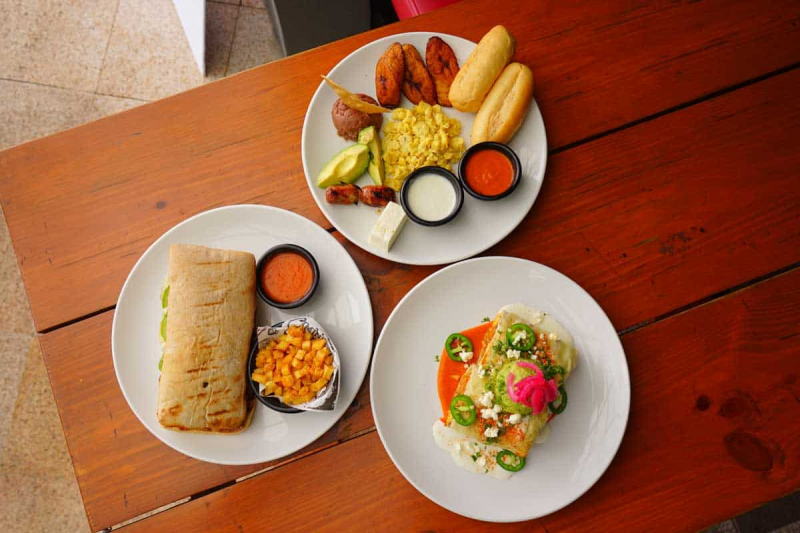
https://blog.amigofoods.com/ https://www.youtube.com/ -
El Salvador produces some of the world's best gourmet arabica coffees, which are grown on volcanic soil at an altitude of over 1200 meters. Pacamara is one of these coffees, a one-of-a-kind variety that consistently wins awards at international competitions. Pacamara is a hybrid that produces large fruits with an intense aroma and a creamy texture. In terms of flavor, expect a blend of complex floral notes, citrusy acidity, and hints of chocolate and cinnamon.
Almost all of the coffee in El Salvador is grown in shade coffee plantations, which is why when you look over at a mountain, it looks divided, like a Belgian waffle. Arabica coffee is a small shrub that is grown under taller trees that provide shade to protect it from the hot sun.
The coffee harvest season begins in November and ends in March, with high-quality coffee harvested near the end. The coffee at Cooperativa Los Ausoles is sorted into bays based on quality and then processed separately. Unless it is Pacamara or another recognized awarded variety, the coffee loses its name once it is ready for export because the buyers use their own branding. This is one of the reasons to visit El Salvador.
https://www.youtube.com/ https://www.youtube.com/ -
Among reasons to visit El Salvador, colorful small town is one of them. El Salvador has some wonderful small towns with histories and traditions dating back to colonial times or even earlier. These towns can be found all over the country, so finding one to visit and explore will be simple. Panchimalco, La Palma, Suchitoto, Ataco, Juayua, and Nahuizalco are among the most popular small tourist towns. In any of these colorful towns, you can see and do a variety of things. For example, you can admire colonial architecture, learn about local customs, visit historic colonial churches, and sample local cuisine.
The scenic rolling Ruta de Las Flores takes you through the Sierra Apaneca-Ilamatepec mountain range, punctuated with charming little towns such as Juaya, home of El Salvador's most popular weekend food fair, and Concepción de Ataco, the colorful cobblestone village, just west of San Salvador. Climbing volcanoes such as Izalco and Santa Ana can be done at Parque Nacional Los Volcanes (Parque Cerro Verde). The nearby Lago de Coatepeque is one of the country's largest crater lakes, and the Tazumal ruins in Chalchuapa are just a short bus ride from El Salvador's second-largest city, Santa Ana.
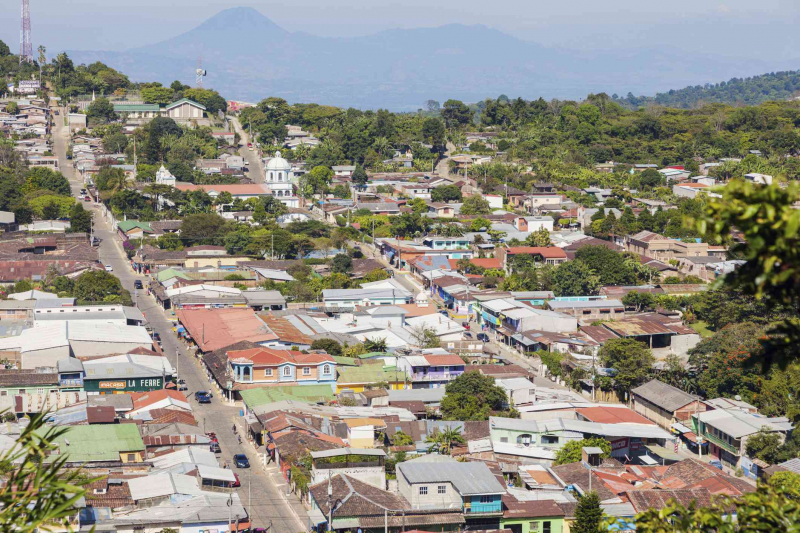
https://www.tripsavvy.com/ 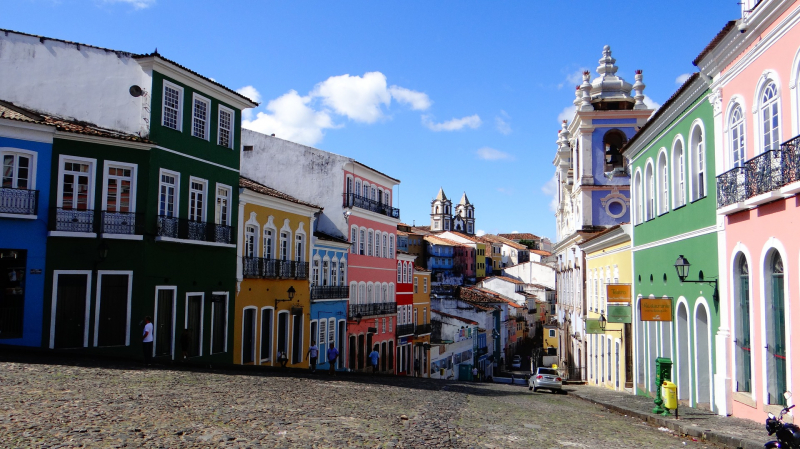
https://www.adequatetravel.com/ -
While Guatemala, Belize, and Honduras are far more well-known for their pre-Colombian sites, history buffs should not overlook El Salvador. Blogger Eddie Galdamez provides a brief overview of his top four archeological sites in El Salvador. This article contains affiliate links, which means that if you buy something after clicking on them, we will receive a small commission at no extra cost to you. The archaeological sites of Central America allow visitors and locals to appreciate and remember the histories of the ancient civilizations that once ruled the region.
These locations range from elaborate pyramids with sacred temples to low-income neighborhoods or farming communities. One thing they all have in common is the demonstration of exceptional skills by these civilizations. Buildings made of puzzle-like stones, as well as elaborate irrigation systems for farming. These sites continue to draw visitors from all over the world to this day. It's no secret that Belize and Guatemala have the most significant and well-known archaeological sites in Central America. However, this does not preclude you from visiting El Salvador's lesser-known sites. If you make it to El Salvador, visit Tazumal, Joya de Ceren, San Andres, or Cihuatan. You will get to see and enjoy the historical, and cultural value these sites bring to the region.
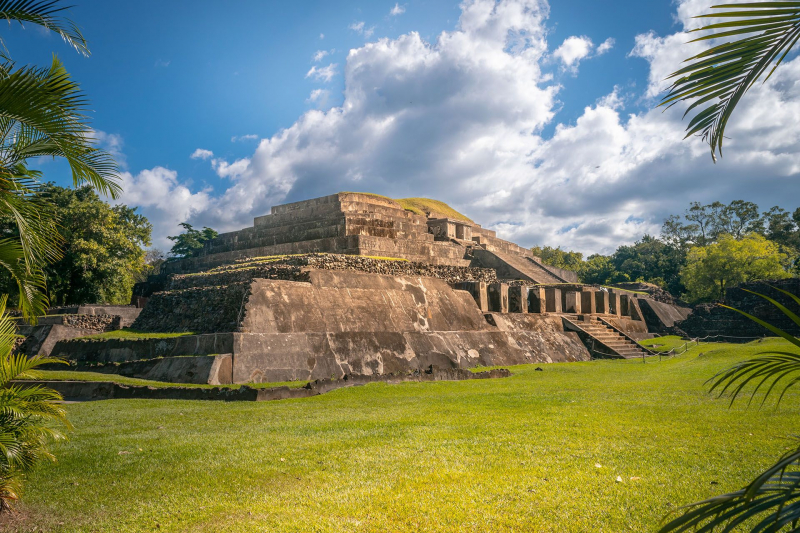
https://www.roughguides.com/ 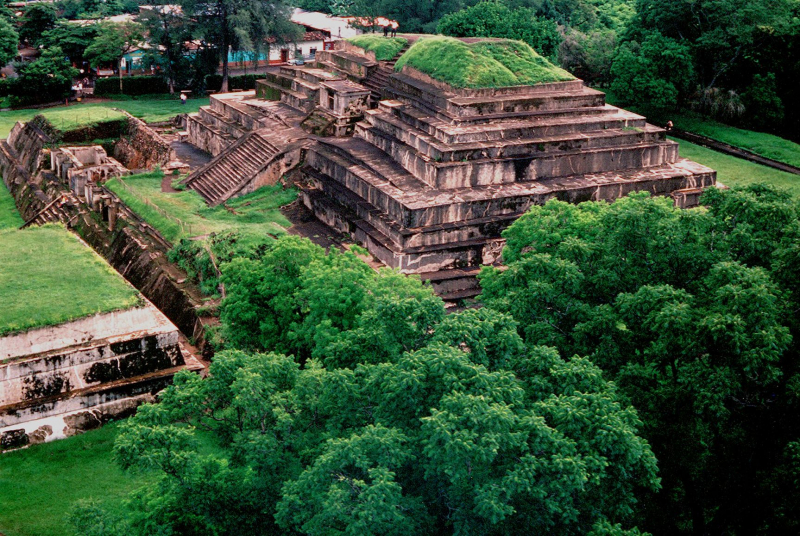
https://www.pinterest.com/












